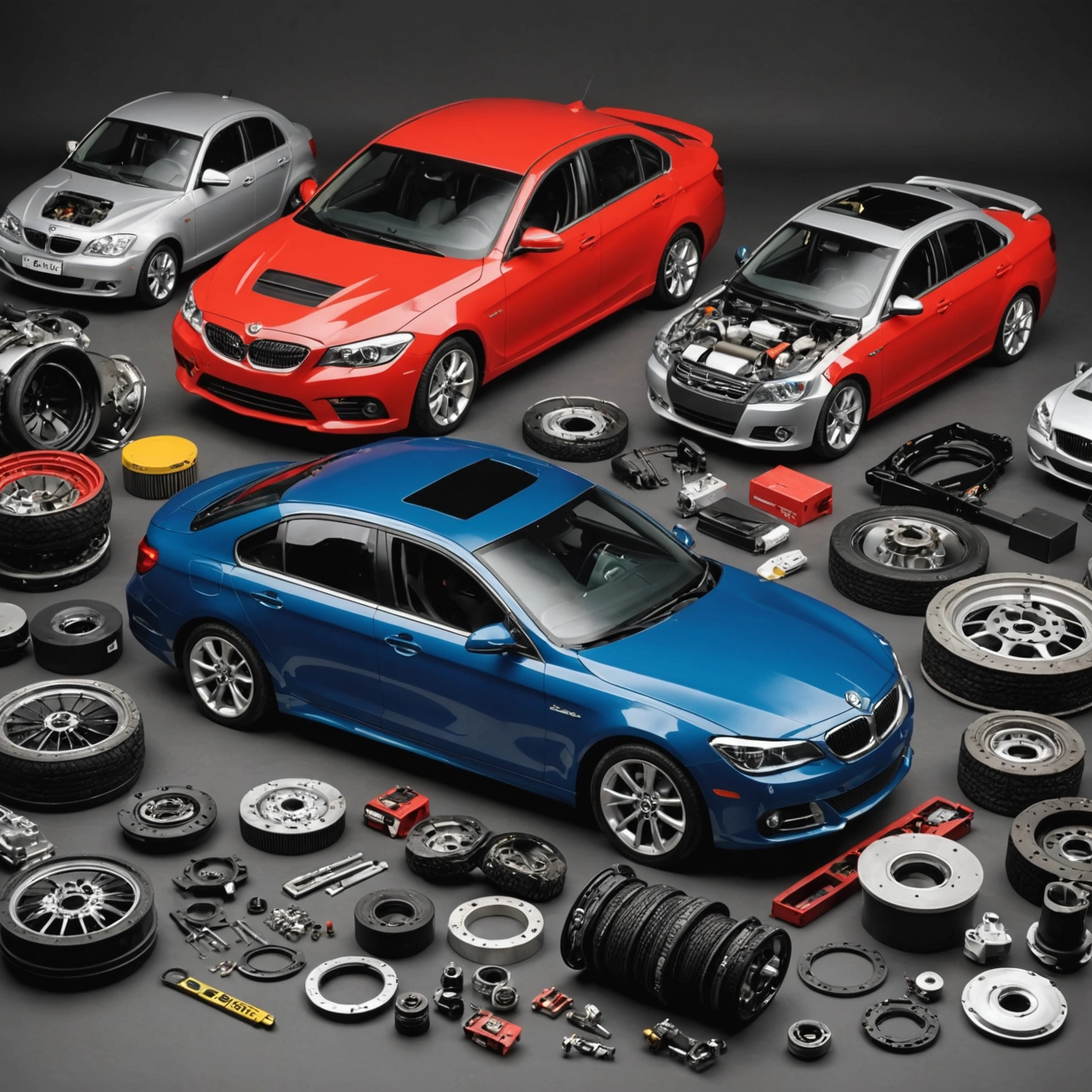**How to Sell Car Parts Online: A Comprehensive Guide**
Selling car parts online has become an increasingly popular way for auto enthusiasts, mechanics, and entrepreneurs to turn their passion into profit. The digital marketplace offers a vast audience and the opportunity to reach customers worldwide. If you’re considering venturing into online car parts sales, here’s a step-by-step guide to help you get started and succeed.

### 1. Identify Your Niche and Inventory
**Focus on a Specific Market:**

Decide whether you want to sell new parts, used parts, OEM (Original Equipment Manufacturer), aftermarket, or specialty parts. Narrowing your focus helps target your marketing efforts effectively.
**Source Your Inventory:**

– **New Parts:** Partner with manufacturers or authorized distributors.
– **Used Parts:** Source from salvage yards, auctions, or private sellers.

– **Refurbished or Reconditioned:** Repair and refurbish parts to sell at a premium.
### 2. Ensure Quality and Authenticity
**Verify Suppliers:**
Work with reputable suppliers to guarantee the quality of parts. Authentic OEM parts build trust and reduce returns.
**Quality Control:**
Inspect used or refurbished parts thoroughly. Accurate descriptions and high-quality images minimize customer dissatisfaction.
### 3. Set Up Your Online Selling Platform
**Choose Your Selling Channels:**
– **E-commerce Website:** Build your own store using platforms like Shopify, WooCommerce, or BigCommerce for full control.
– **Online Marketplaces:** List your parts on eBay, Amazon, or specialized auto parts marketplaces like RockAuto or Car-Part.com for broader exposure.
– **Social Media & Forums:** Use platforms like Facebook Marketplace, Instagram, or automotive forums to reach niche audiences.
**Create a User-Friendly Website:**
– Clear navigation
– Detailed product descriptions
– High-resolution images
– Search filters for vehicle makes, models, and part types
### 4. Optimize Listings for Search and Conversion
**Use SEO Best Practices:**
Include relevant keywords, detailed specifications, and compatibility information to improve visibility in search results.
**Provide Accurate Information:**
Ensure your descriptions include part numbers, compatibility notes, condition, and installation details.
### 5. Price Competitively and Offer Incentives
**Research Market Prices:**
Check what competitors are charging to set competitive prices.
**Promotions & Discounts:**
Offer deals such as free shipping, bundle discounts, or seasonal sales to attract buyers.
### 6. Manage Logistics and Shipping
**Choose Reliable Shipping Partners:**
Partner with carriers like UPS, FedEx, or USPS. Offer tracking and insurance options.
**Packaging:**
Use appropriate packaging to prevent damage during transit.
**Handle Returns and Customer Service:**
Establish clear return policies and respond promptly to inquiries to build trust.
### 7. Promote Your Business
**Digital Marketing:**
Utilize social media advertising, Google Ads, and email marketing to reach targeted audiences.
**Leverage Customer Reviews:**
Encourage satisfied customers to leave reviews to enhance credibility.
**Content Marketing:**
Create blog posts, videos, and tutorials related to car maintenance and parts to increase traffic and authority.
### 8. Stay Compliant and Keep Up with Industry Trends
**Legal Compliance:**
Ensure compliance with local and international trade laws, taxes, and import/export regulations.
**Stay Updated:**
Follow industry trends, new car models, and technological advancements to expand your inventory and marketing strategies.
—
**In Summary**
Selling car parts online can be a lucrative venture if approached strategically. Focus on sourcing quality products, creating an optimized online presence, and providing excellent customer service. With persistence and the right approach, your online auto parts business can thrive in the digital marketplace.
—
**Happy selling!**

